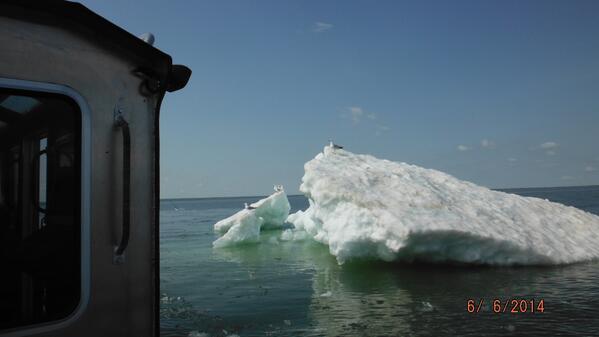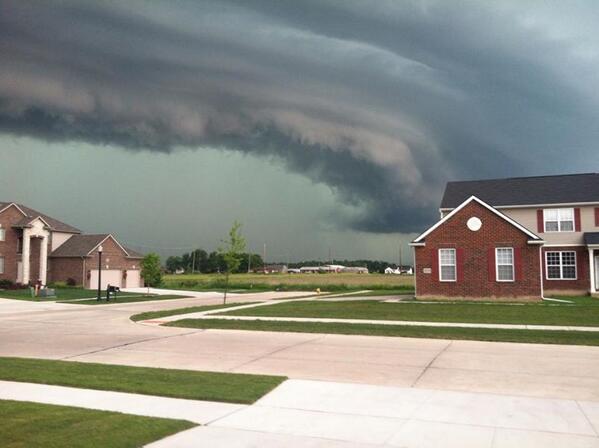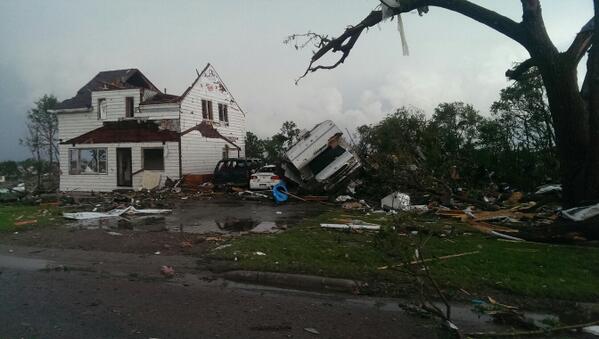An increasing number of cities around the world now include preparations for climate change in their basic urban planning -- but only a small portion of them have been able to make such plans part of their economic development priorities, according to a unique global survey of cities released today.
The Urban Climate Change Governance Survey (UCGS), based on responses from 350 cities worldwide, underscores the extent to which city leaders recognize climate change as a major challenge -- even as they are trying to figure out how their responses can create jobs, growth, and cost savings in areas ranging from cities' transportation networks to their distribution of businesses.
"Climate change isn't an isolated issue," says Alexander Aylett, a postdoc in MIT's Department of Urban Studies and Planning (DUSP), and the lead author of today's report. "It has large implications for all other aspects of urban life. What we are seeing is cities starting to build it into the DNA of how they approach urban planning."
According to the findings, 75 percent of cities worldwide now tackle climate-change issues as a mainstream part of their planning, and 73 percent of cities are attempting both climate mitigation and climate adaptation -- that is, they are trying both to reduce emissions of greenhouse gases and to adapt to long-term changes that are already in motion. But only 21 percent of cities report tangible connections between the response to climate change and achieving other local development goals.
Aylett calls it a "cliché" that environmental and economic progress cannot coexist, citing a number of cities where jobs and growth have derived from climate-change efforts. Portland, Ore., he observes, developed incentives, training, and regulations to help sustainable construction firms grow, while a pilot program called Clean Energy Works Portland employed 400 workers to reduce home energy use, reducing carbon emissions by 1,400 metric tons annually.
Urban planners in Alberta, as Aylett notes, have studied the cost savings associated with limiting metropolitan sprawl and concluded that denser development could save $11 billion in capital costs over the next 60 years, and $130 million in annual maintenance. But most cities, he suggests, have simply not yet identified ways to link climate planning and economic development in the first place.
"It isn't so much that it's hard to reconcile economic and environmental priorities," Aylett says. "It's that we're not trying."
http://www.sciencedaily.com/releases/2014/05/140529092812.htm
 Published Sunday in the scientific journal Nature Climate Change, the study says that despite fears that global warming might lead to more cold weather extremes in places like North America – much-discussed during this winter's "polar vortex" – we're actually seeing the number of extremely cold weather days fall, not rise.
Published Sunday in the scientific journal Nature Climate Change, the study says that despite fears that global warming might lead to more cold weather extremes in places like North America – much-discussed during this winter's "polar vortex" – we're actually seeing the number of extremely cold weather days fall, not rise.


